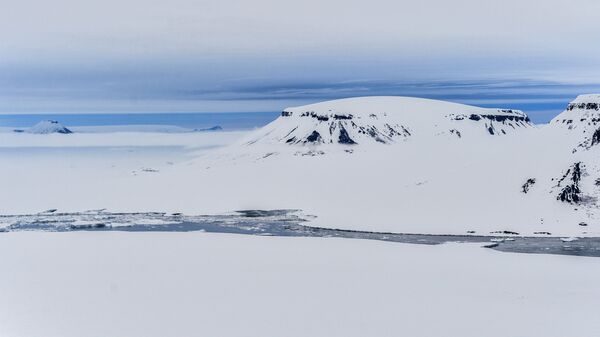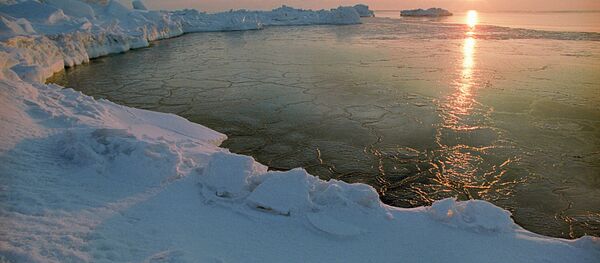Julie Brigham-Grette is part of 12 US academics working in Siberia and taking part in a symposium on industrial soot formation in Russia and the United States held at the Kuzbass Design and Research Center in Novosibirsk Region.
"It’s a wonderful opportunity for us to learn more about what’s going on in your country and how we can also look to the future for more joint studies, and also break down any barriers in terms of us exchanging information and also the science that we’re doing, because science is expensive. We do not need to duplicate it. If we share, we can make the most of research money that we have in the two countries," Brigham-Grette told reporters.
Acknowledging language barriers in published materials and other obstacles that leave both countries "starving for information," the professor suggested instrumentation and knowledge exchange as a "starting point" in mutual cooperation.
"We need to look at ways of mitigating and trying to slow down global warming. That’s a joint problem for us as two nations to think about, and also take leadership and help other countries to come to that realization and very quickly slow down the rate of change," Brigham-Grette stressed.
"We know that there are some key monitoring sites around the various Arctic nations. But perhaps now the science requires maybe an increase in the density of these observation locations in order for us to understand better how our pollution issues from our countries reach the Arctic regions and are, unfortunately, enhancing the increasing warmth of the Arctic over time very quickly," she added.
The Russian and US scientists will draft a protocol spelling out plans and methods of cooperation at the end of the conference, according to the Siberian Branch of the Russian Academy of Sciences’ head of coal chemistry and material science institute, Zinfer Ismagilov.




